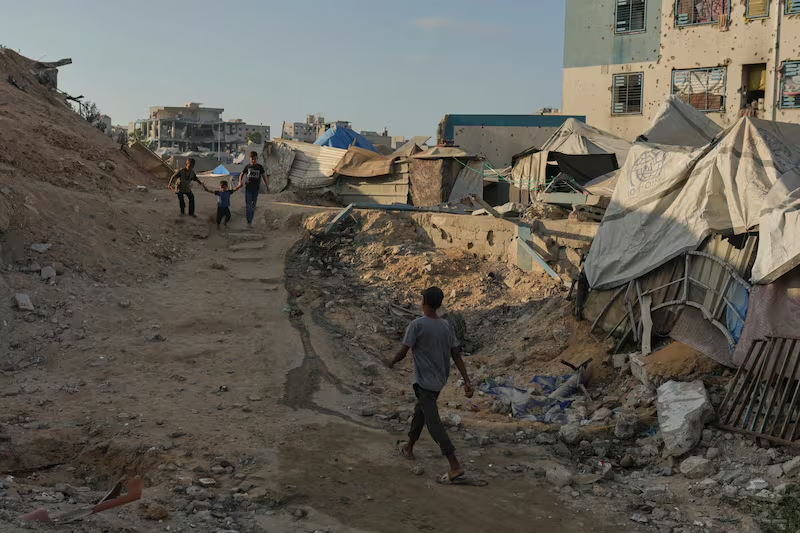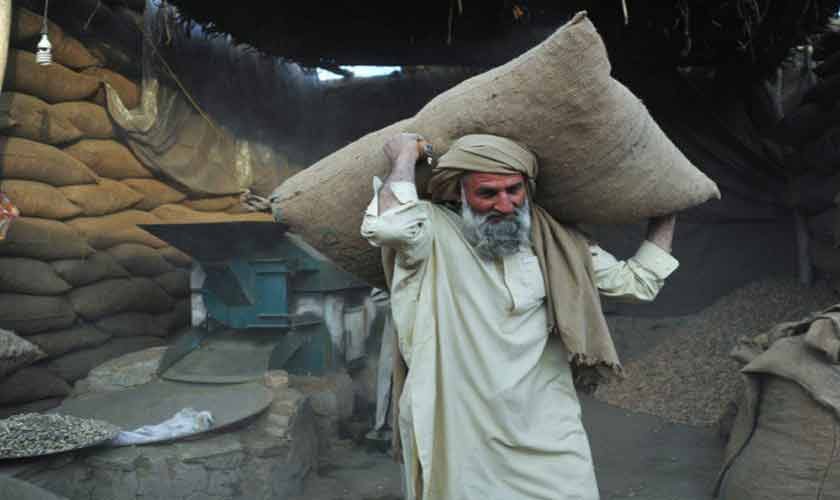Sindh, the most vulnerable region of Pakistan, has endured a series of climate-induced calamities. These recurring disasters have inflicted widespread damage on agricultural lands, livestock, and entire communities, plunging the already vulnerable population deeper into poverty. The aftermath of last year’s monstrous monsoon floods still haunts millions, who struggle to recover from the devastation.
Land has long been a pivotal factor in the power dynamics of Sindh. Throughout history, the British used land as a means to reward their loyalists, solidifying the oppressive jagirdari system. Even after the conquest of Sindh in 1843 by Gen Charles Napier, the British displayed sympathy towards the indigenous jagirdars by restoring their jagirs, effectively strengthening feudalism and impeding land reforms. Despite the clear benefits of abolishing jagirs, which would have increased agricultural productivity and revenue, Napier chose to preserve the political support of the landlords. This unjust land distribution system perpetuated rural slavery, bonded labor, and exploitation. In the Gazetteer of West Pakistan, H.T Sorley reveals that the then revenue commissioner, Sidney Ridley, advocated for the abolition of jagirs on legal grounds, as the services of jagirdars were no longer required after independence.
Finally, on February 8, 1955, the despotic control of this system was weakened when the Sindh government canceled the sanads. Subsequently, in 1959, the Land Reforms Commission abolished jagirs. However, feudalism managed to survive, exerting a destructive influence on the prospects of social and political progress in Sindh. This includes low agricultural productivity and the depletion of land resources. To facilitate effective disaster management, it is crucial to eradicate feudalism and address the illegal appropriation of water resources. Recent floods have caused widespread devastation in districts where water flow was deliberately blocked by feudal lords, who sought to inflict losses on their political adversaries. Unfortunately, it is the impoverished masses who voted against these rulers that suffer the most. Without the restoration of natural waterways across Sindh, there is a looming fear of further distress and agony.
The provincial bureaucracy has recently formulated a policy for the resettlement and rehabilitation of individuals displaced by development projects. The policy underwent public scrutiny at the commissioner’s office in Hyderabad on February 9, 2023. The primary objective of this policy is to provide fair compensation to those uprooted from their homes and mitigate their hardships. However, it is worth arguing that without comprehensive land reforms and the subsequent redistribution of land, as well as a redefinition of land ownership rights, this policy may not be sustainable. Additionally, the policy has overlooked the plight of climate disaster victims, necessitating a revision that takes into account the ravages of climate change.
Don’t forget to Subscribe our channel & Press Bell Icon.
There is a pressing need to reassess the land allocation policy to ensure that landowners dedicate a portion of their land for forest cultivation. The existing forest land in Sindh lacks proper mapping, making it imperative to undertake digital mapping in order to comprehend the escalating environmental degradation resulting from deforestation. Furthermore, in compliance with the Supreme Court’s directives, the provincial government must reclaim thousands of acres of forest land that has been unlawfully occupied by the privileged landed elite to safeguard the forest cover.
However, the current version of the draft policy raises legal concerns. Usurping ownership rights is likely to spark litigation and conflicts. Without amending the archaic Land Acquisition Act of 1894, there is no mechanism in place to handle such procedural complexities. It is crucial to avoid forced displacement of people, exploitation of labor, and the wanton depletion of local resources. The policy for displacement must be safeguarded through a legislative process.
Furthermore, the document lacks a clear method for conflict resolution pertaining to disputes arising from disruptions in the social fabric. The policy must delve into the social and cultural aspects of resettlement and rehabilitation. Environmental degradation resulting from projects such as the Left Bank Outfall Drain and Thar coal project has been inexplicably overlooked. Policymakers must draw lessons from previous rehabilitation strategies, and the government should strive to bridge the existing trust deficit by providing adequate compensation to the displaced individuals and the labor class. It is crucial that all stakeholders are engaged in a constructive dialogue at the policy formulation level. Growers and local communities must be consulted and convinced for the policy to be both viable and effective.
Moreover, the policy draft is largely based on theoretical assumptions and lacks scientific analysis. It must chart a path towards success by assigning clear responsibilities for implementation, establishing mechanisms for accountability, and highlighting the protection of economic, social, cultural, and environmental rights of communities in the face of climate-related calamities exacerbated by inadequate water infrastructure and human-induced factors.
Subscribe our website for latest updates:
https://republicpolicy.com/shop/
Read More















